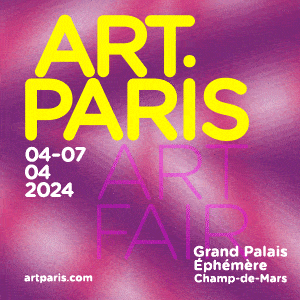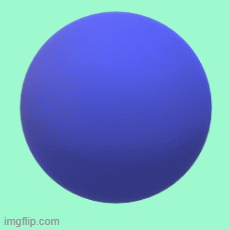Whitehot Magazine
April 2024
"The Best Art In The World"
"The Best Art In The World"
April 2024
November 2007, Sarah Sze London Debut @ Victoria Miro Gallery

Sarah Sze Tilting Planet, 2007 Mixed media dimensions variable Courtesy the artist and Victoria Miro Gallery
Sarah Sze at Victoria Miro
1-22 September 2007
Walking from Old Street station by queues of noisy traffic, past the Texaco garage on the corner of Wharf Road and upto the unobtrusive iron door of No. 16 is an unspectacular arrival to Victoria Miro’s gallery. It makes stepping inside even more startling - particularly when the world you’re stepping into is Sarah Sze’s. The door clicks shut behind you and you’re in a playground with more colour and busyness than anything you saw on the outside.
Photographs of her work look digitalised and overly-lucid, its hard to grasp the scale or complexity of each piece from an image and so they don’t prepare you for what these bizarre structures actually look like in the flesh, or for the minutiae and sheer number of things that compose them. Photographs also fail to capture the movement and the energy each one has. Its as if giant magnets have been placed around the room and each of the placed objects are responding to a force field. Objects build and surge upto the top corners of the room, push their way out of floors and into walls. One thing that Sze always does is inhabit the space she’s in, and here she takes this to an extreme – her sculptures weave into the rafters and drop down from one floor to another. Everything is interconnected, so the whole installation resembles a complex mechanical matrix: the inclusion of plants and bubbling water suggest an ecosystem. The solid building-block colours: red ladders, yellow scaffold, blue string have the same childish appeal as a Donald Judd box or one of Calder’s mobiles. This is compounded by their physicality – one critic described Sze’s sculptures as ‘monkey bars for the imaginative mind’, defining the call to ‘play’ which is a big feature of her work. The pieces look like a cross between obstacle course and crazy invention, stepping around the structure you’ve an urge to climb up it or give something a tug and see blue steam whistle out the top.
The content of Sze’s installations is the key to her work. They’re collections of objects from what Arthur Danto calls the ‘Lebenswelt’ – the world of the commonplace. Typical Sze objects are matches, screws, plastic bottles, plain white cardboard boxes, safety pins, cotton wool buds, sheets of lined A4 paper. They share characteristics – all are mass produced, quality controlled, cheap, industrial, functional, and usually overlooked – basically worthless, the kind of stuff we chuck away without thinking. Sze arranges them into formations that mimic each other at different parts of the installation: matches, pins and screws poke up from the ground in vertical forests; coloured string and plastic bottles are arranged in concentric spirals: pins, bottles and palette boards of colour accumulate and decrease; cardboard boxes and paper platforms are stacked up in irregular piles; webs of string and roofs of A4 paper soar up in smooth lines towards a focal point. The objects are transformed in the process. Sze says her purpose is to investigate ‘how objects are valued’. Like Duchamp’s readymades, her objects are redefined and given meaning through their inclusion into ‘The Artworld’. Placement creates meaning. An A4 sheet of paper is worthless on its own, but when taped to others to form a roof over another part of Sze’s structure, is meaningful. Placement draws attention to the shape and properties of the paper, as well as its function within the structure as a whole, and the set of associations that comes with a sheet of A4 paper. So Sze’s is a 3-tiered value process: each object is valued for its function, its aesthetic qualities and its representation of itself as a functioning object in the non-artworld. Sze works on all three levels. It’s a lot to think about! You could revisit a Sarah Sze installation for the hundredth time and notice something new. Like Duchamp, or her contemporary Tom Friedman, she transforms the mundane into something monumental. But the complexity and multiplicity of her structures make those two look one-dimensional. Stepping through the iron door and back into the real world, things will never be quite the same again.
by Laura Fellowes

Laura Fellowes
Laura Fellowes is a writer in London.
laurafellowes@hotmail.com



1.jpg)







